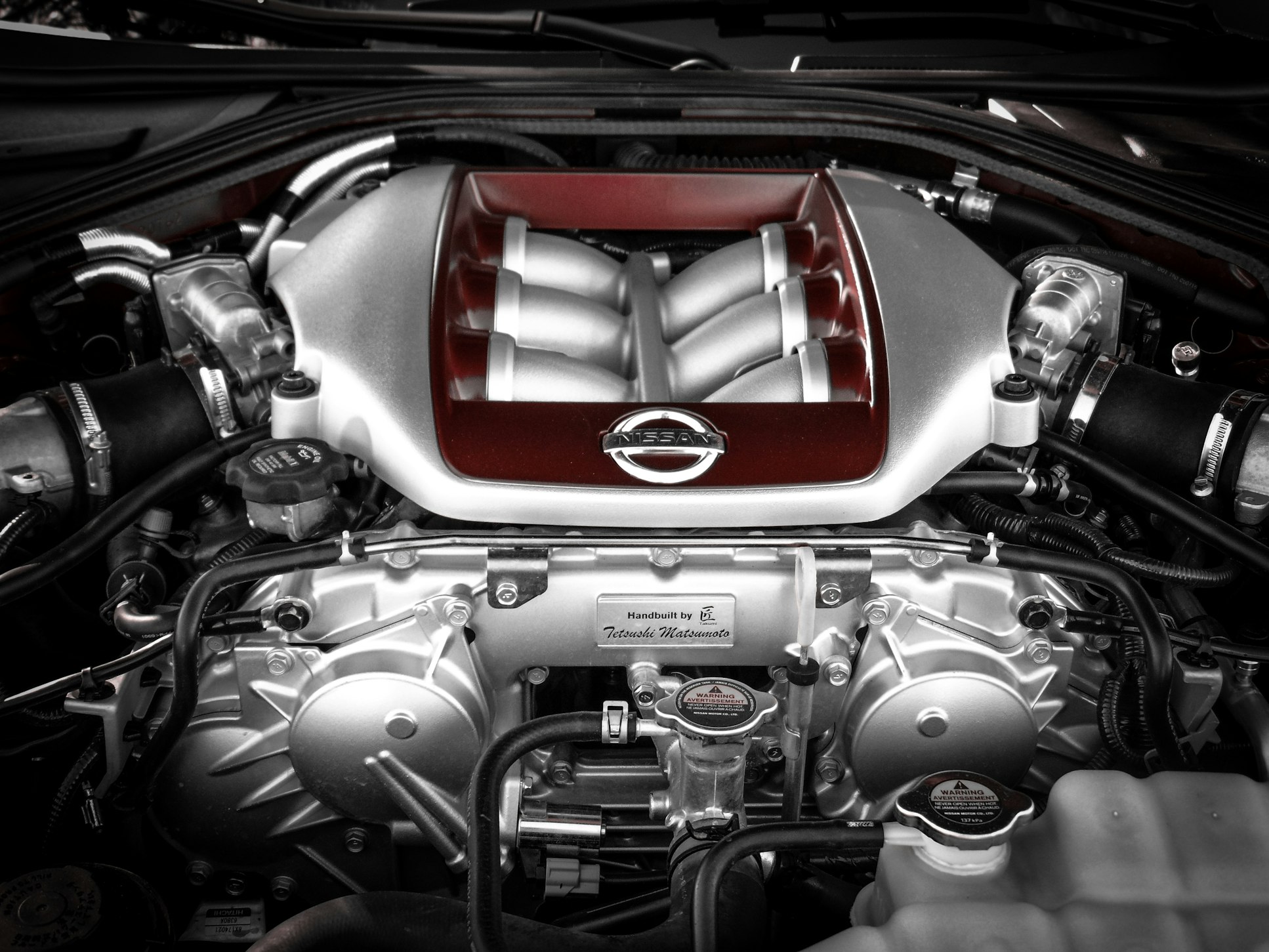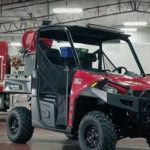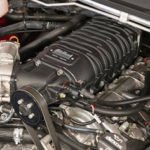Truck Performance 101
A BEGINNER’S GUIDE
Torque refers to a truck’s ability to generate pick up. Torque is one of the most important factors at the beginning of any non-rolling start. It is the ability of the truck to send power to the wheels and turn them – moving the entire truck forward. The dictionary defines it as: ‘The moment of a force; the measure of a force’s tendency to produce torsion and rotation about an axis. The most important thing to remember is that torque is what gets the truck rolling and is very important in towing.
The basics of performance, of course, center on your engine. Think of your engine as basically a big air pump. It breathes air in through the air intake and breathes it out through the exhaust. The easier your engine can breathe the more performance it will deliver. The stock engine you received from the factory comes with OEM air induction and exhaust. Modifying these two areas is relatively easy and can deliver significant increases in both HP and torque. One other primary factor affecting your performance is the engine’s computer. The stock OEM computer your truck came with is set to a ‘safe mode’ to protect the truck against virtually any driver error’e.g., redlining. Although these settings are meant to protect the truck, they can impede performance significantly. Tweaking your truck’s computer can significantly increase HP and torque while still providing safety to the engine. We’ll look at each of these three performance enhancements below.
The second factor affecting air intake is the temperature of the air coming into the engine. You’ve probably noticed that your truck runs better on cold days. That is because the air is denser and denser air allows more combustion when mixed with fuel and ignited. Stronger combustion means more power to move your piston in the cylinder. Aftermarket companies’many of the same mentioned above, have developed systems called ‘Cold Air Intakes’, that move the point of air intake from the top of your engine, which is normally very hot, to a point outside the engine. The result is that the air being sucked into your engine is much cooler than it would be using the normal air filter location. Cold air intakes require a little more handyman skills that just replacing a filter. However, they can be installed easily by anyone that has basic tools.
Your truck’s computer is technically referred to by gear heads as the Engine Control Unit (ECU). The ECU that controls the engine is very complicated. OEM’s program them to satisfy emissions requirements, meet EPA fuel economy requirements and protect the engine against abuse. The computer does this by controlling many aspects of the vehicle’s performance, but primarily controls the ignition, fuel injection and spark time. As mentioned above, the OEM’s set the default value of the ECU to an ‘ultra-safe’ mode to ensure adherence to government guidelines and to protect the engine from abusive driving. Aftermarket companies like Hypertech, Edge, Unichip, and Superchips manufacturer chips and programs that will either plug into your ECU or programs that will alter the factory settings. Chip manufacturers set the products for each specific vehicle to a default performance setting. Programmer manufacturers allow more versatility in that they allow custom modifications to compensate for other performance add-ons like cold air kits and exhaust systems. These systems are relatively easy to install by anyone that has a little mechanical knowledge.








